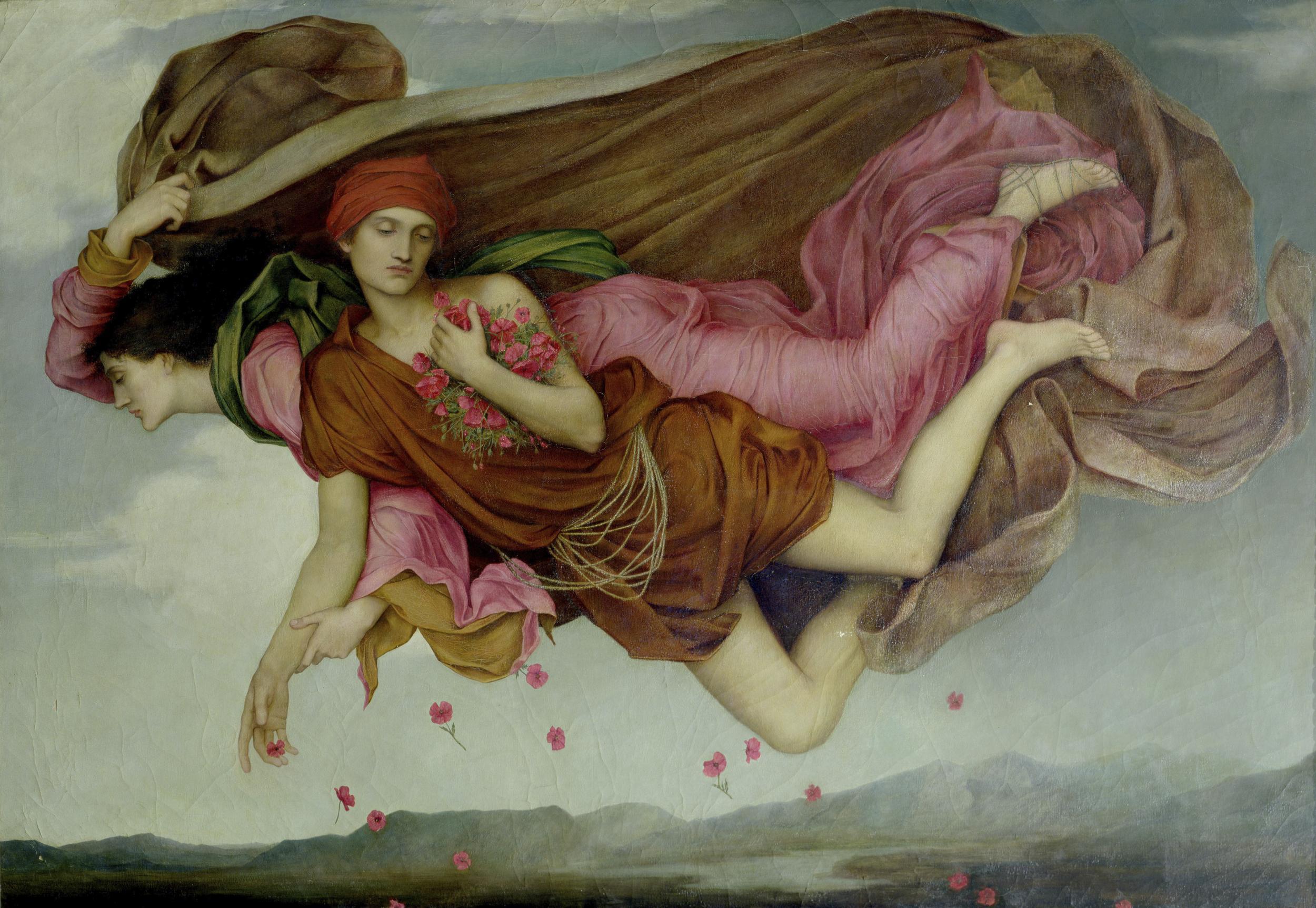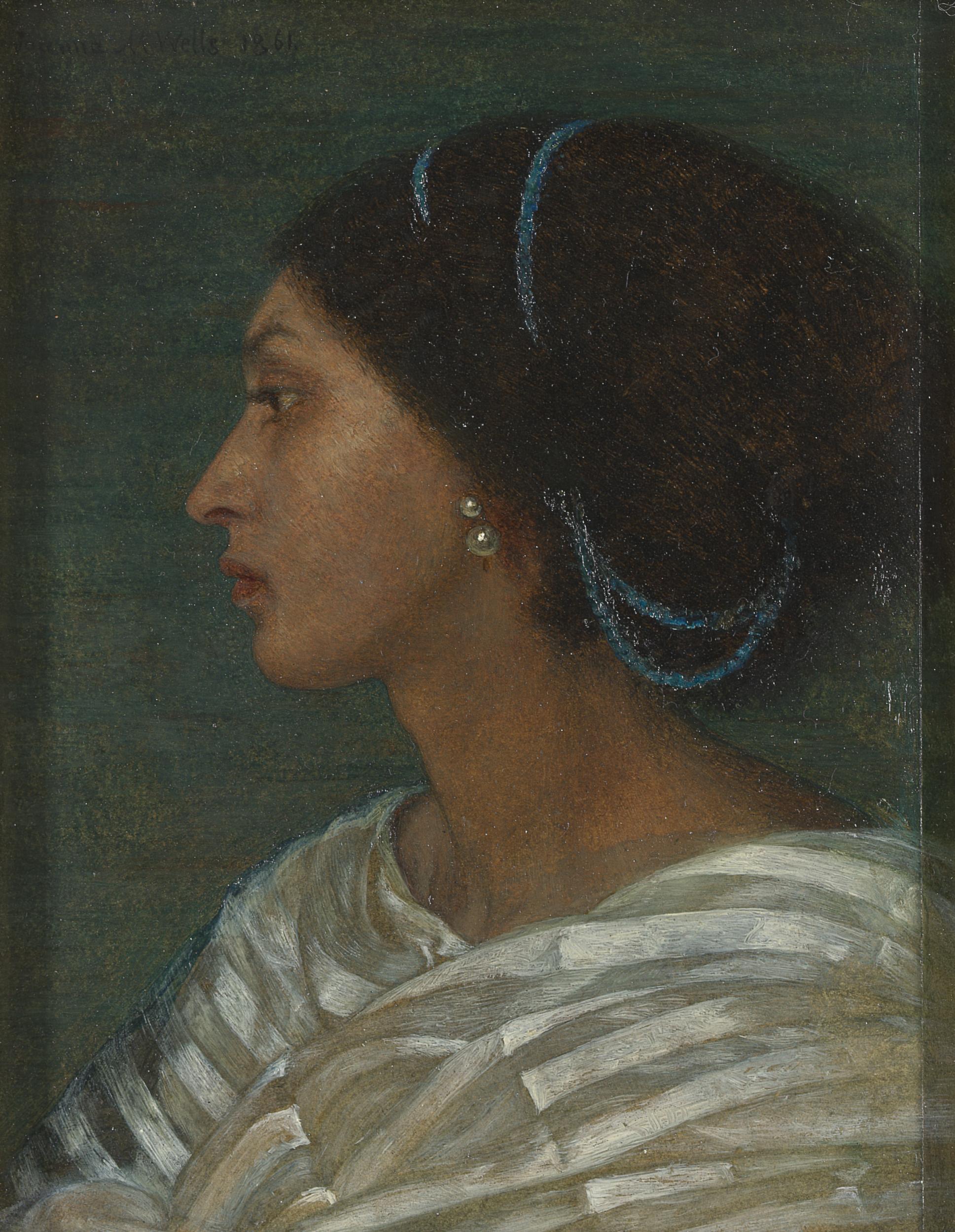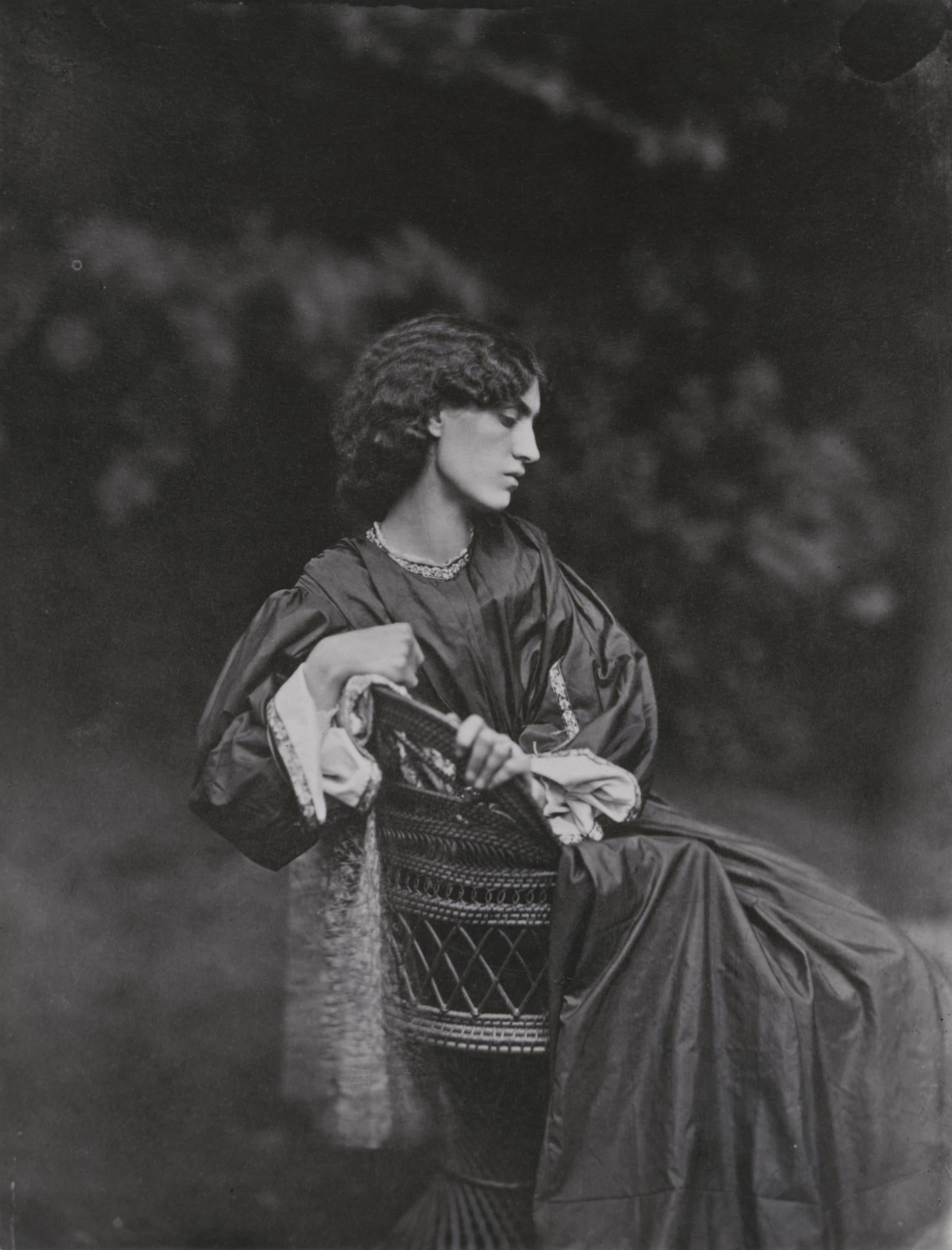The Pre-Raphaelites weren’t a bunch of bawdy, arrogant men – women were just omitted from the narrative
A new exhibition shines a light on the women of the Pre-Raphaelites, who proved pivotal both as artists and influences. Roisin O'Connor argues why this paints the entire movement in a better light


Your support helps us to tell the story
From reproductive rights to climate change to Big Tech, The Independent is on the ground when the story is developing. Whether it's investigating the financials of Elon Musk's pro-Trump PAC or producing our latest documentary, 'The A Word', which shines a light on the American women fighting for reproductive rights, we know how important it is to parse out the facts from the messaging.
At such a critical moment in US history, we need reporters on the ground. Your donation allows us to keep sending journalists to speak to both sides of the story.
The Independent is trusted by Americans across the entire political spectrum. And unlike many other quality news outlets, we choose not to lock Americans out of our reporting and analysis with paywalls. We believe quality journalism should be available to everyone, paid for by those who can afford it.
Your support makes all the difference.The Pre-Raphaelites get a bad rap. There is a deep-rooted (and incorrect) belief that the movement was dominated by bawdy, arrogant young men with a penchant for depicting women as victims. What’s more, in recent years, the concept of the muse has been steered towards something more negative; a title reserved for women that can often imply a certain passivity. A new exhibition at the National Portrait Gallery in London aims to challenge this view, by celebrating the oft-omitted women of the Pre-Raphaelite movement, whether artists, poets, wives, models or, indeed, muses. Here, the curators view the muse as a catalyst whose personality shines through the art and challenges our interpretation of familiar narratives.
The Pre-Raphaelite Brotherhood, formed in 1848, was a trio of rebellious young men – William Holman Hunt, Dante Gabriel Rossetti and John Everett Millais – who had become disillusioned with what they perceived as a lack of natural beauty in art. They wanted to paint from life, and so enlisted a number of women – dressmakers, servants, sisters, mistresses – to model for them. They placed them in famous settings from literature or legend, and by so doing found a way to explore the most pressing social anxieties of the time: sex, death and disease. Not only did these women’s influence have an immeasurable influence on the Brotherhood’s output, but they produced their own work too – poetry, paintings and sketches – that is just as worthy of study as their male peers.
As Elizabeth Prettejohn, a lead authority on the movement, states in her book The Art of the Pre-Raphaelites: “It is not sufficient to merely add some women to the Pre-Raphaelite canon. Instead, it is a matter of writing a wholly new, and different, story about Pre-Raphaelitism – a story in which the activities of women are no longer incidental, but necessary to the plot.”
Dr Jan Marsh and Alison Smith have risen to this challenge and curated an exhibition of works and artefacts by 12 Pre-Raphaelite Sisters, including Effie Millais (née Gray, also Mrs John Ruskin), Elizabeth Eleanor Rossetti (née Siddall) and Fanny Eaton (née Antwistle). Marsh has researched these women since the Eighties, and seems to know their lives as intimately as her own; how they were friends, love rivals, sisters-in-law, mentors, mentees and mutual admirers of one another’s work.
Gray, who suffered a disastrous marriage to the critic and artist John Ruskin before leaving him for Millais, was known to be lively, flirtatious and clever. She negotiated commissions and fees for Millais, and once borrowed a skirt from a woman in the street because it was the right colour he needed for his painting, The Blind Girl. Joanna Boyce battled to have paintings accepted at the Royal Academy before attending a “ladies class” in Paris where she wrote of nude models in a life-drawing glass: “Any girl may draw as I have been drawing yesterday and this morning, as free from harm or any danger of it, as though they studied a bunch of flowers or a landscape.” Boyce died in childbirth, and upon her death her friend Rossetti is said to have described her as “a great artist sacrificed to bringing more kids into the world”.
Evelyn de Morgan, who drew comparisons to Edward Burne-Jones (a fact that is said to have rattled his ego), enjoyed major success with exhibitions at the Grosvenor Gallery. The granddaughter of an earl, she had been born into the kind of upper-class society where the idea of a woman working as an artist was a scandal in itself. Yet she achieved a steady income by selling paintings to high-profile patrons, upon whom her husband, the ceramicist William de Morgan, depended to sustain their household. Fanny Eaton, the Jamaica-born daughter of a black slave and, most likely, a white plantation owner, became Britain’s most visible woman of colour by modelling for Rossetti, Millais, Albert Moore, Frederick Sandys and Simeon Solomon.

It is the fault of art historians, not the artists themselves, that women have been so omitted from the Pre-Raphaelite narrative – particularly given the impact the movement had on Victorian society at the time. Their paintings caused uproar and scandal; upon displaying his Ophelia, Millais was castigated by a Times of London critic for placing her in a “weedy ditch”. Many of the women in these paintings had red hair and strong jawlines, going against the typical standards of beauty of the day. They were enigmatic, and pensive, with their own agency: think of Rossetti’s Mary (modelled by his sister, Christina) in Ecce Ancilla Domini! (The Annunciation). She looks terrified upon receiving the message from the Angel Gabriel that she will give birth to a child by God. It’s a human reaction, something of which women in Victorian society were frequently deprived.

For too long, the ways in which these artists, men and women, supported one another – served as mentors, friends, confidantes – has been neglected. By showing just how essential the Pre-Raphaelite sisters were, including as artists in their own right, this new exhibition paints the movement as a whole in a much better light.
Pre-Raphaelite Sisters at the National Portrait Gallery runs until 26 January 2020. You can get a National Art Pass for 50 per cent off major exhibitions here
Join our commenting forum
Join thought-provoking conversations, follow other Independent readers and see their replies
Comments